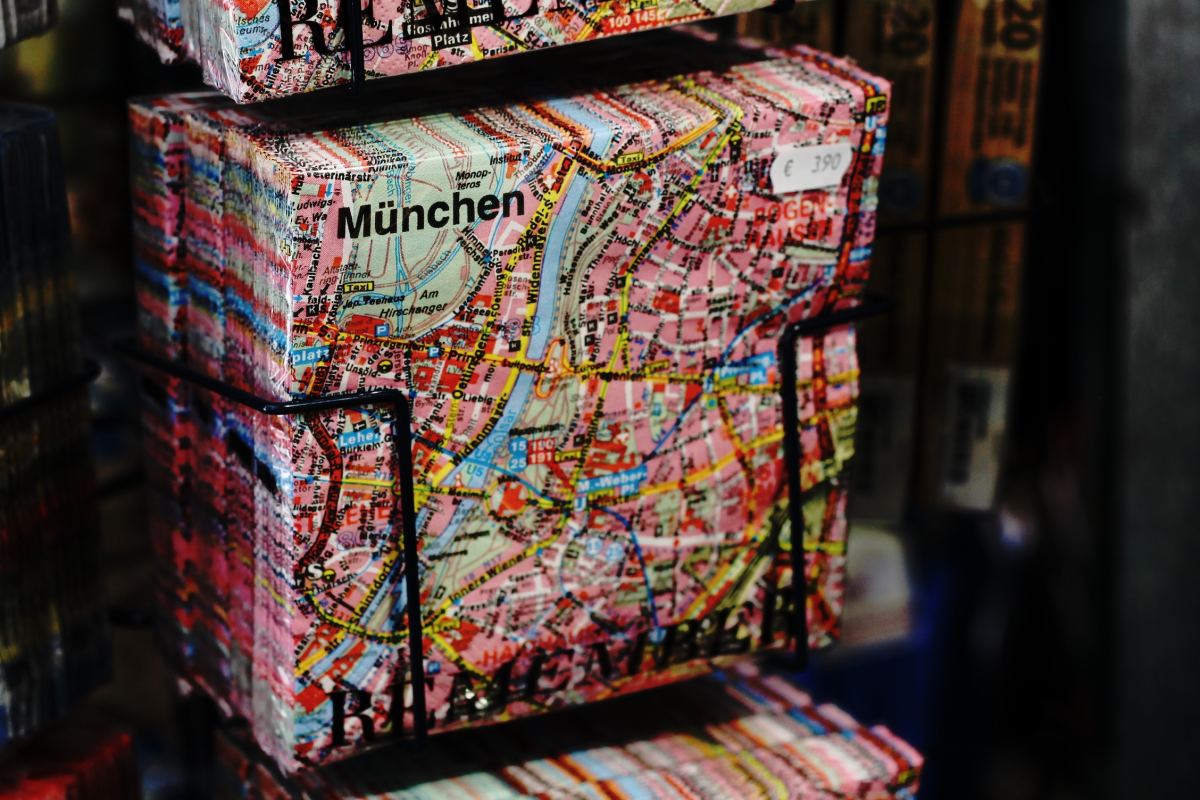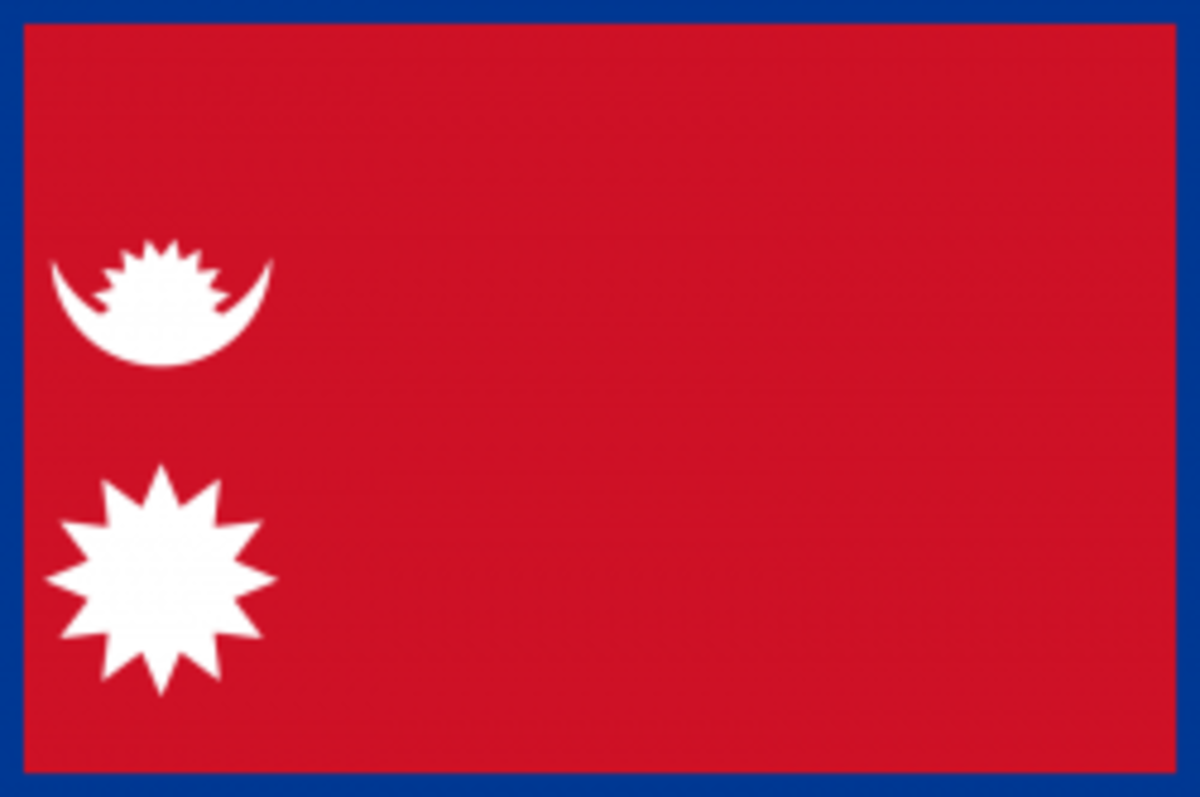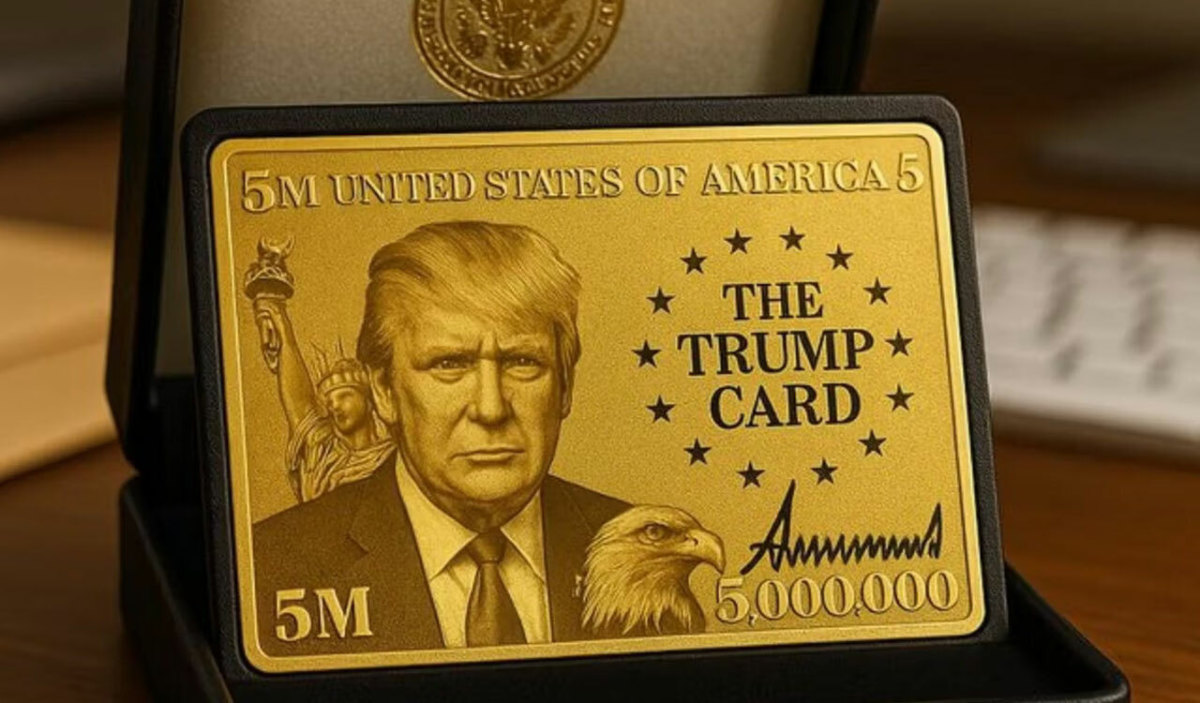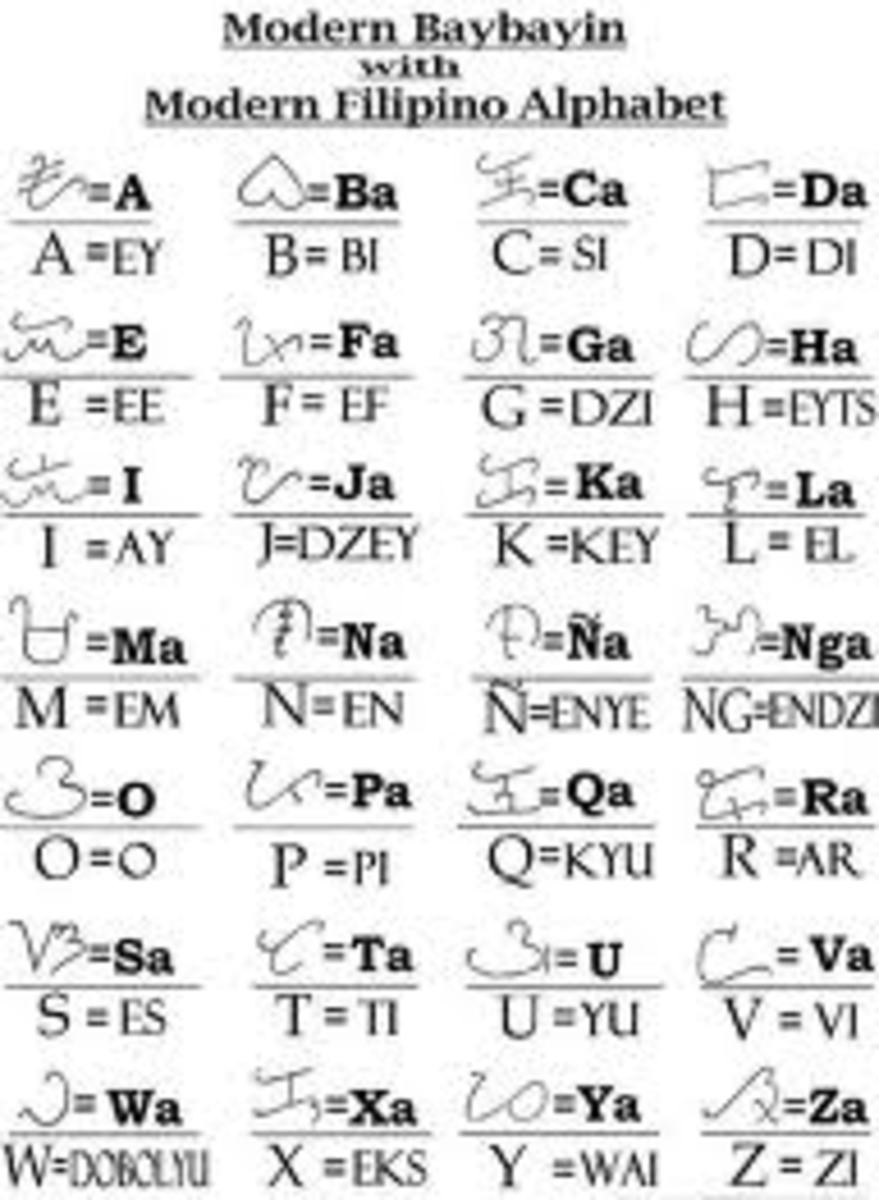How to Obtain a Student Visa to Attend a School in the U.S
It really can be confusing if you are trying to get a relative of the family from another country to spend one year as as student in the US. The reason is because INS and the US State Department require different forms, depending on the specific circumstances. Obtaining a VISA is handled via the US State Department, NOT the US Immigration Department. Most of the forms you need are from the US State Department. If you are going through a student exhange program, the paperwork is handled by them. However, many US families have family relatives of age that would like to spend a year at a US primary, secondary or college. They do not need to go through a student exchange program because the student will be living and under the care of the sponser family in the US, their relatives.
Even before doing the forms, make sure the student's health immunizations are fully up to date and comply with the school disctrict where the student will be attending. School districts require certain immunizations. Make sure the caretaker family (sponser) is willing to house and take care of the student and are willing to be "parents" to the student. The student must already possess a solid English language skill in all facets in order to function. Many schools will not cater nor provide English translations or classes to a foreign student. Basically, the foreign student is expected to "hit the payment" running. The issue about the grades is tricky. Certain countries grade in a different method making student placement difficult. Discuss the student's classes already taken with the parents in the US. This and the student's age helps in determining what grade to place them in. Some school districts want or could care less about transcripts.
The F-1 VISA is a student visa for all types but will not exceed 10 months (a school year). The J-1 VISA is also a student visa but is more narrow in scope in many ways (for example, engineering, medical students versus a student with no declared major or undecided). Specifics can be found from the US Consulate in the student's home country.
The SEVIS fee is around $100. Any student coming to the US through a Foreign Exchange Program must pay this and enter their data into the system at: https://www.fmjfee.com/i901fee
If you are not coming through an exchange program, you may not have to pay this. Regardless of the type of VISA, certain forms are a must:
- Ds-156
- Ds-158
- Ds-2019
The DS-156 can be filled out online and printed out. The DS-158 must be completed for contact info and work history. The VISA application fee may vary, but it is around 90 Euros, in addition to any others. There is no guarantee it will be granted.
Schedule an appointment with the closest US Consulate in the country the student is in. It may be a long time, so get the info from the Consulate directly or online.
What to Bring to the VISA interview
DS-2019.Certificate of Eligibility for Exchange Visitor Status. You will need to submit a SEVIS generated Form, DS-2019, which was provided to you by your program sponsor. All exchange visitors must be registered in the Student and Exchange Visitor Information System (SEVIS), an Internet-based system that maintains accurate and current information on non-immigrant students and exchange visitors. Your program sponsor is responsible for entering your information for the DS 2019 Certificate of Eligibility for Exchange Visitor Status into SEVIS. Exchange visitors not part of a U.S. Government-sponsored program will also have to pay a Sevis I-901 fee for each program. Questions regarding your exchange program should be directly to your program sponsor.
2. A valid passport with a validity date at least six months beyond your intended period of stay in the United States (unless country-specific agreements provide exemptions).
3. One photograph taken within the last 6 months.
Photo requirements: About 2 x 2 inches (5 x 5 cm) square, with the image measured from the bottom of your chin to the top of your face, not less than l" or more than 1-3/8" (3,5cm). There should be at least 1-1/2" (4cm) between the top of the head and the photograph's border. Do not crop the photograph. The photograph must be clear, front view and full face (No hats or head coverings allowed): and be printed with a white plain background. The backs must not be waxy or have a self-adhesive coating. Photos that are grainy in appearance cannot be accepted
4. Appropriate applications (from above).
5. Documents to support the application detailing employment, reason for travel, and financial status.
6. Proof of payment of application fee.
An online visa appointment service has been implemented. This service is available 24 hours per day, seven days per week; a fee of $14.00 (in Euros) is charged, which permits up to five family members to schedule their visa appointment together.
The VISA Process
Once the appointment at the US Consulate is made and gone to, it could take up to 90 days before it is approved, so plan! Expect delays if documents are not clear or cannot provide adequate information. Once approved, the student is free to enter the USA and live with the relatives or sponsor. The student should go to the school where they will attend and plan their classes etc. They need to bring certified documents regarding their medical immunizations and are up to date and a document showing that the sponsor host family and parent family agree that the sponsor has legal authority over the child while living with them etc.
The forms listed above are all from the US State Department. These are the ones required by this US Department. The US Immigration Department may or may not require their I-20, depending on the school district, which is one page and is basic information of the student, grade, school attending, sponsor income and means. This form is filled out and signed by the principal of the school the student is attending. Other INS forms may be needed. Check on their website.
INS lists many secondary and colleges on their "preferred" list. All this means is that the schools have paid a fee to INS to get preferential treatment for foreign students. It does not mean if your school is not listed you cannot attend it, you can. You may need to have additional forms because the school is not listed. Most of the schools on the list are private High Schools or Colleges, most of the public ones are not on the list because the school districts cannot afford it.
- http://www.uscis.gov/portal/site/uscis/menuitem.5af9bb95919f35e66f614176543f6d1a/?vgnextoid=27bc6138
Student VISAs - http://www.uscis.gov/portal/site/uscis/menuitem.eb1d4c2a3e5b9ac89243c6a7543f6d1a/?vgnextoid=db029c77
INS forms - US Information Agency Forms - Download Free, Fillable, User-friendly Forms
US Information Agency Forms - Download Free, Fillable, User-friendly Forms. VisaPro offers the most comprehensive collection of Free, Fillable Forms on the Internet. - Visas
VISA information - Visa Home
US State Department VISA info








